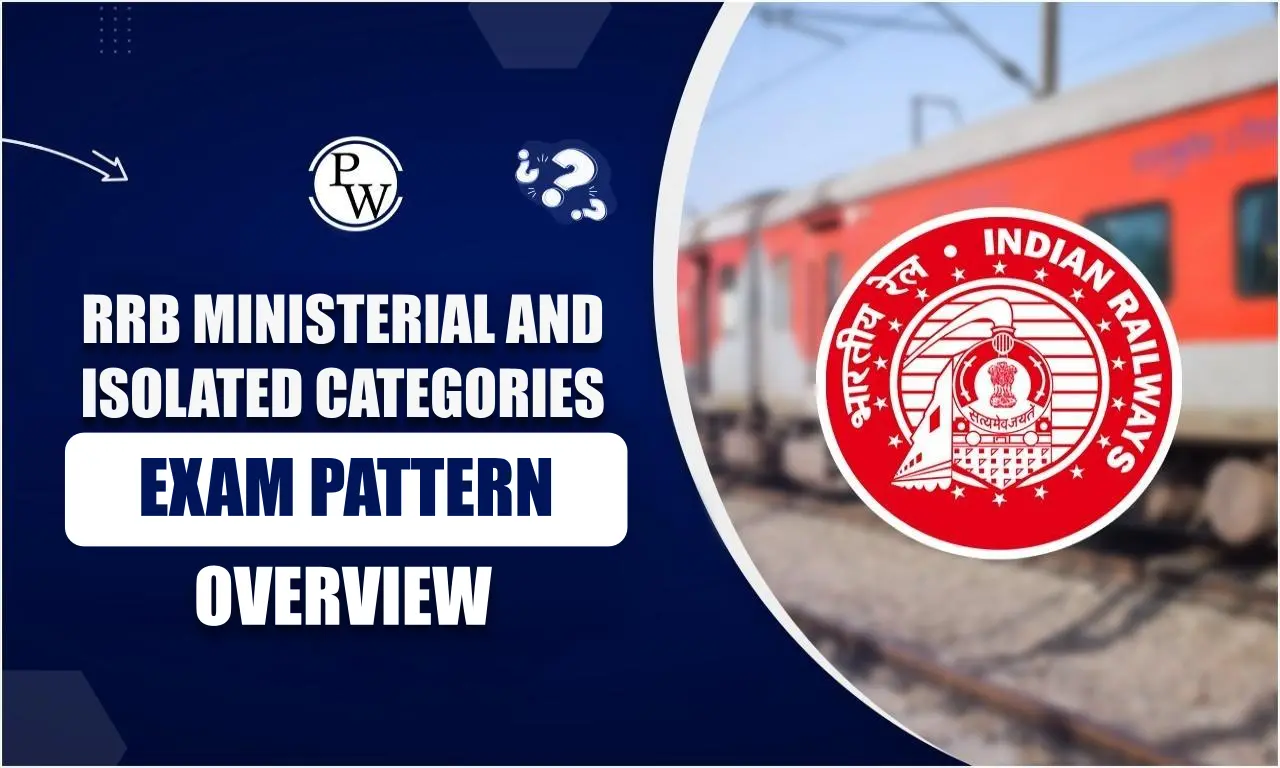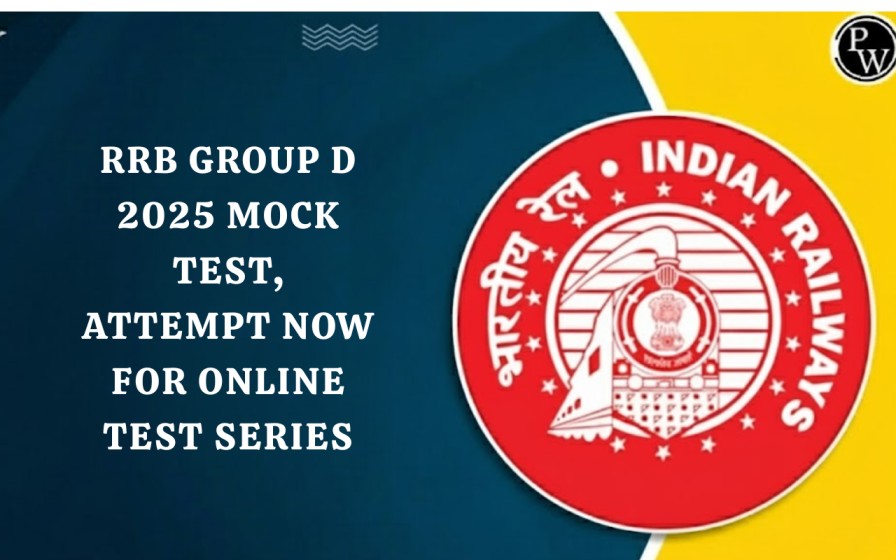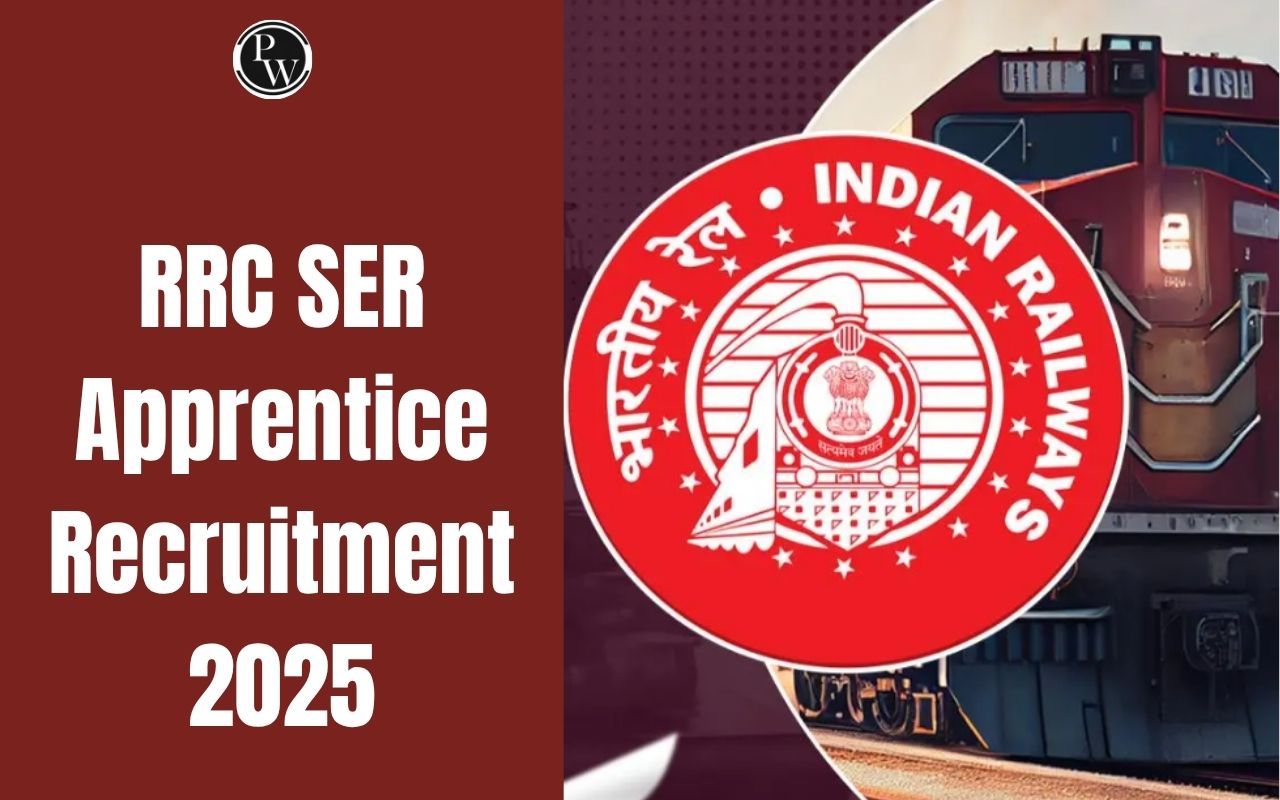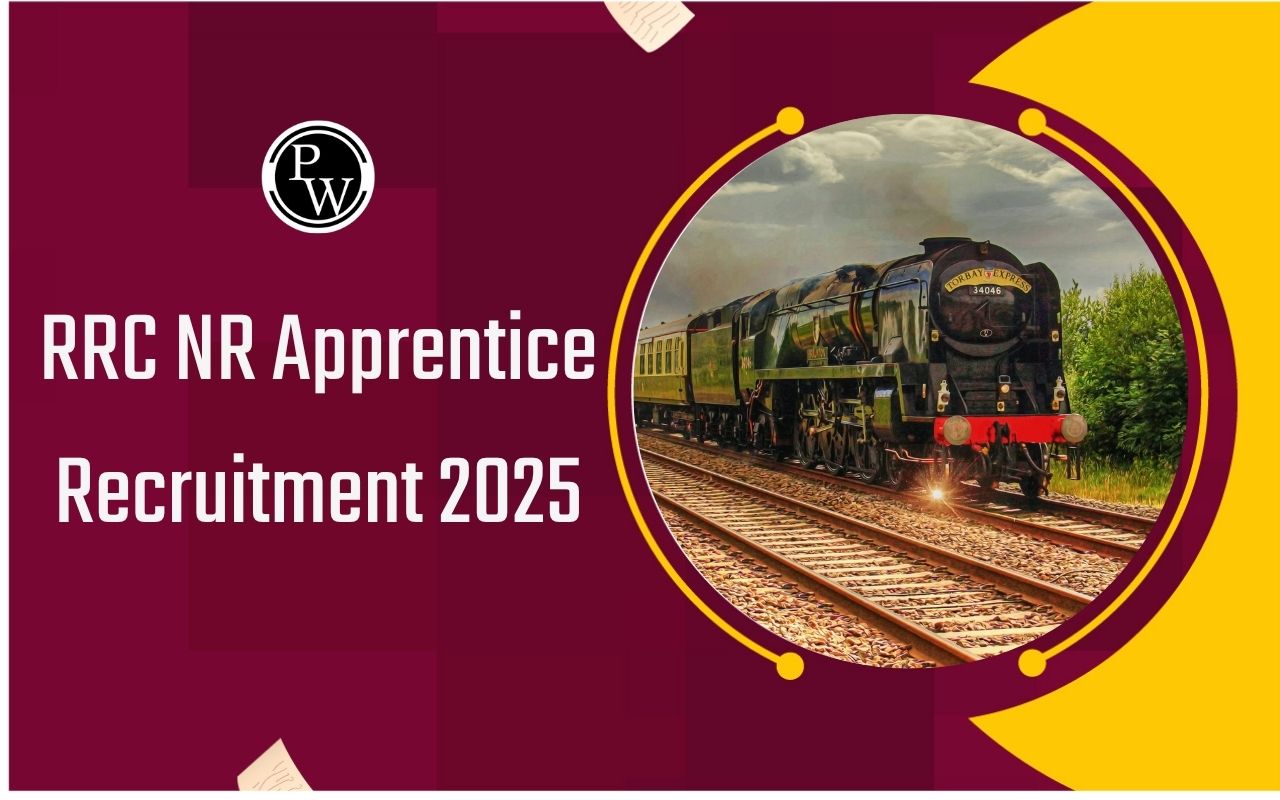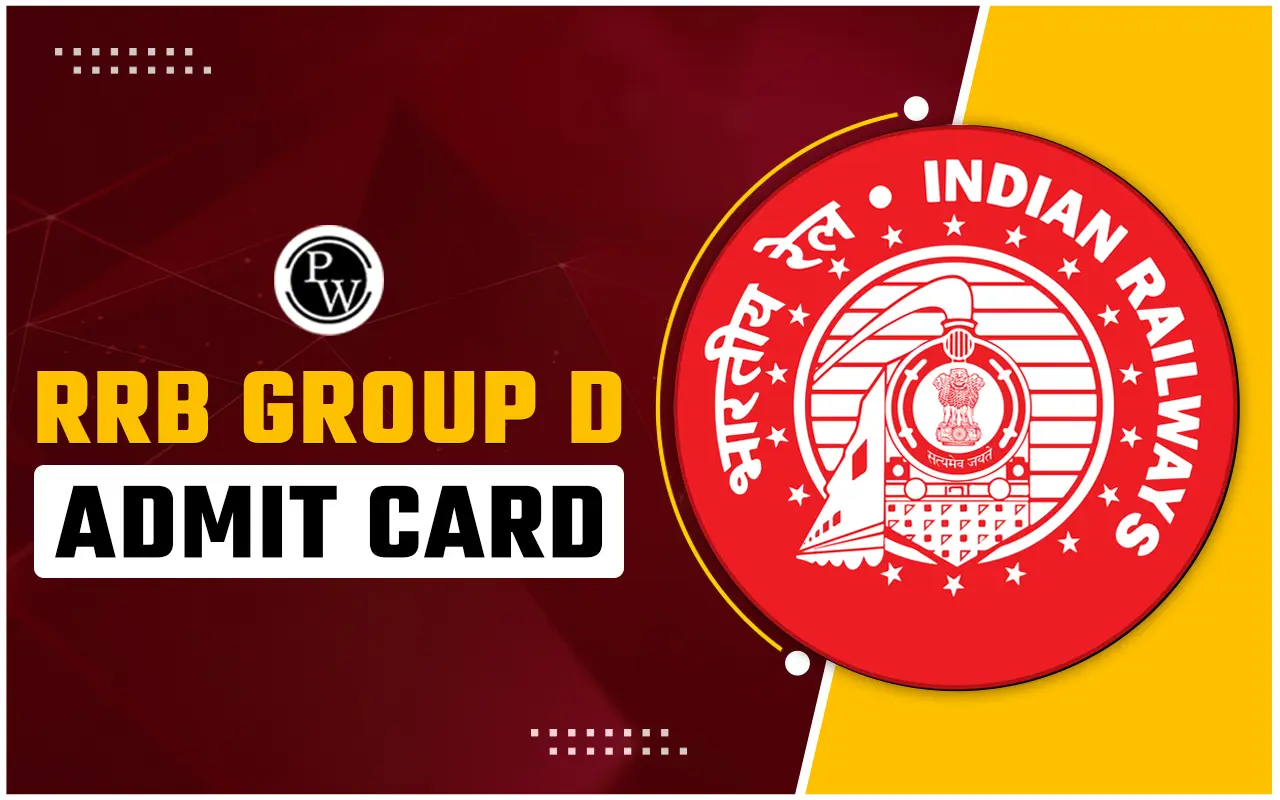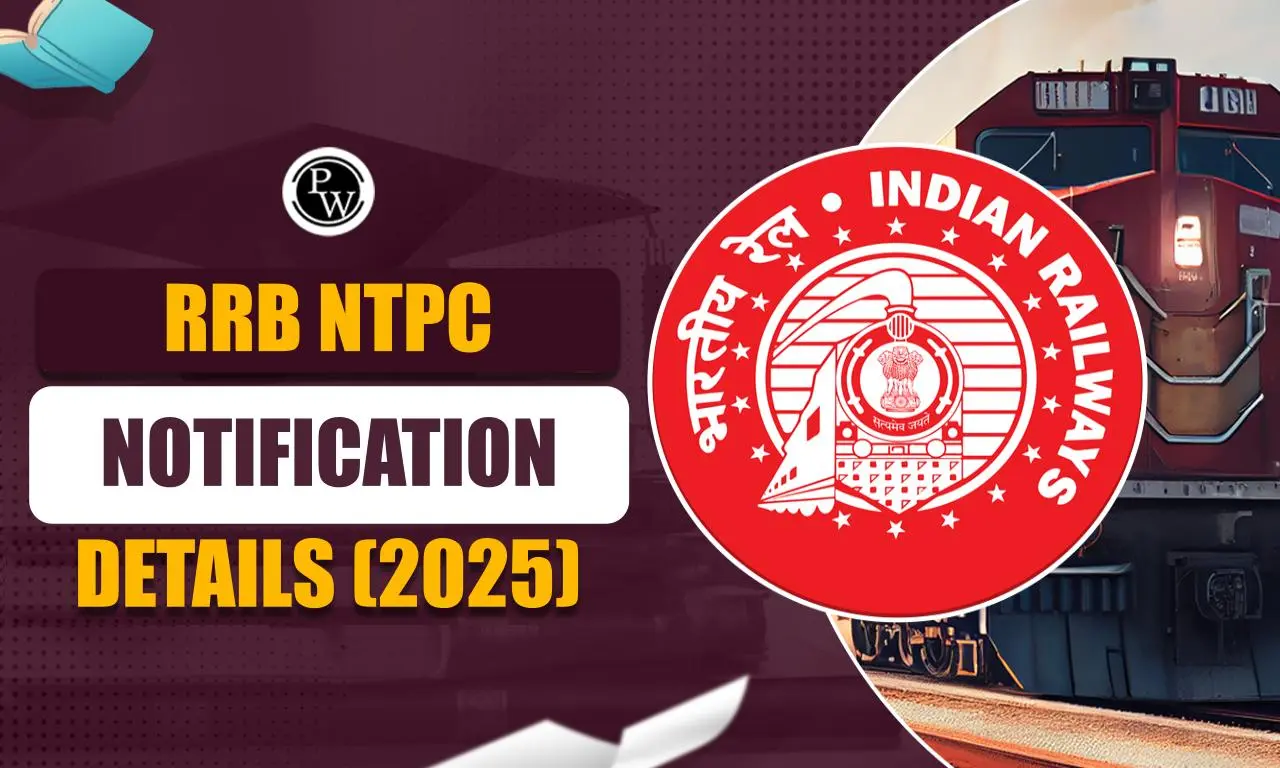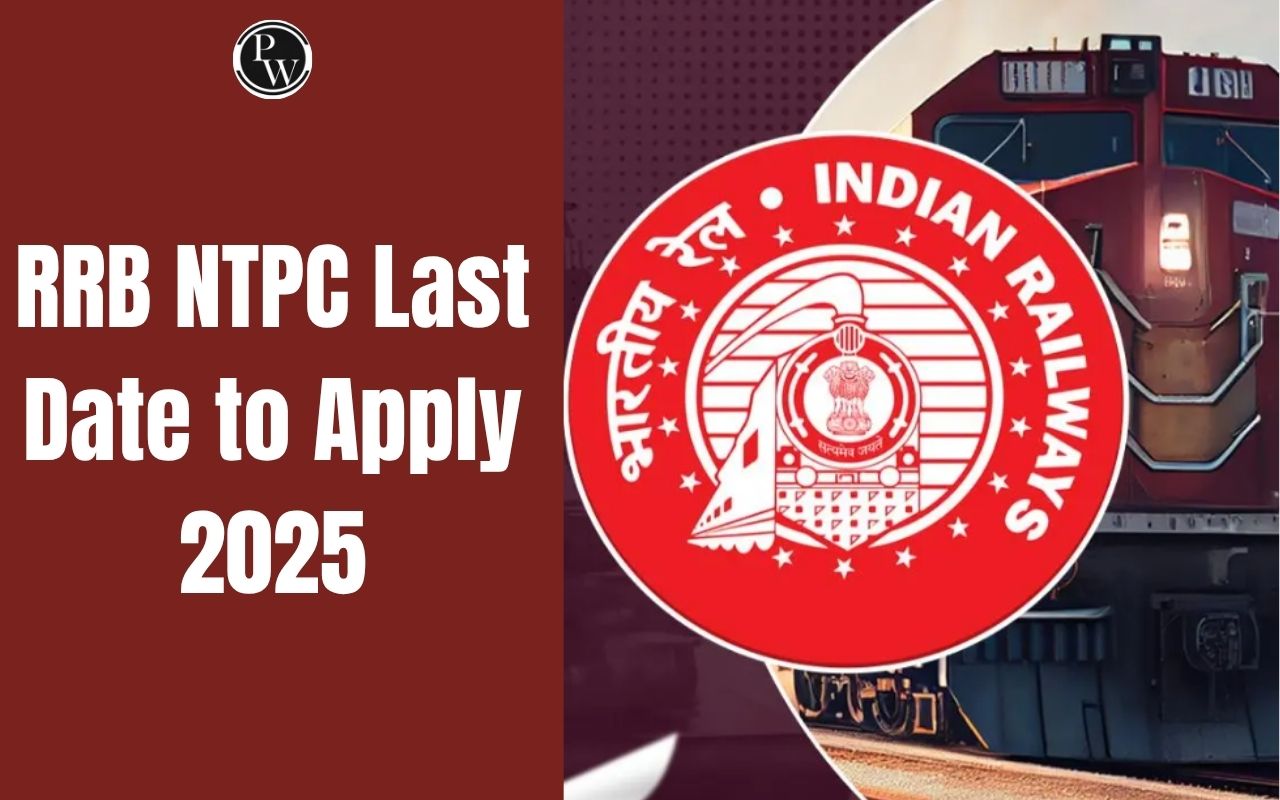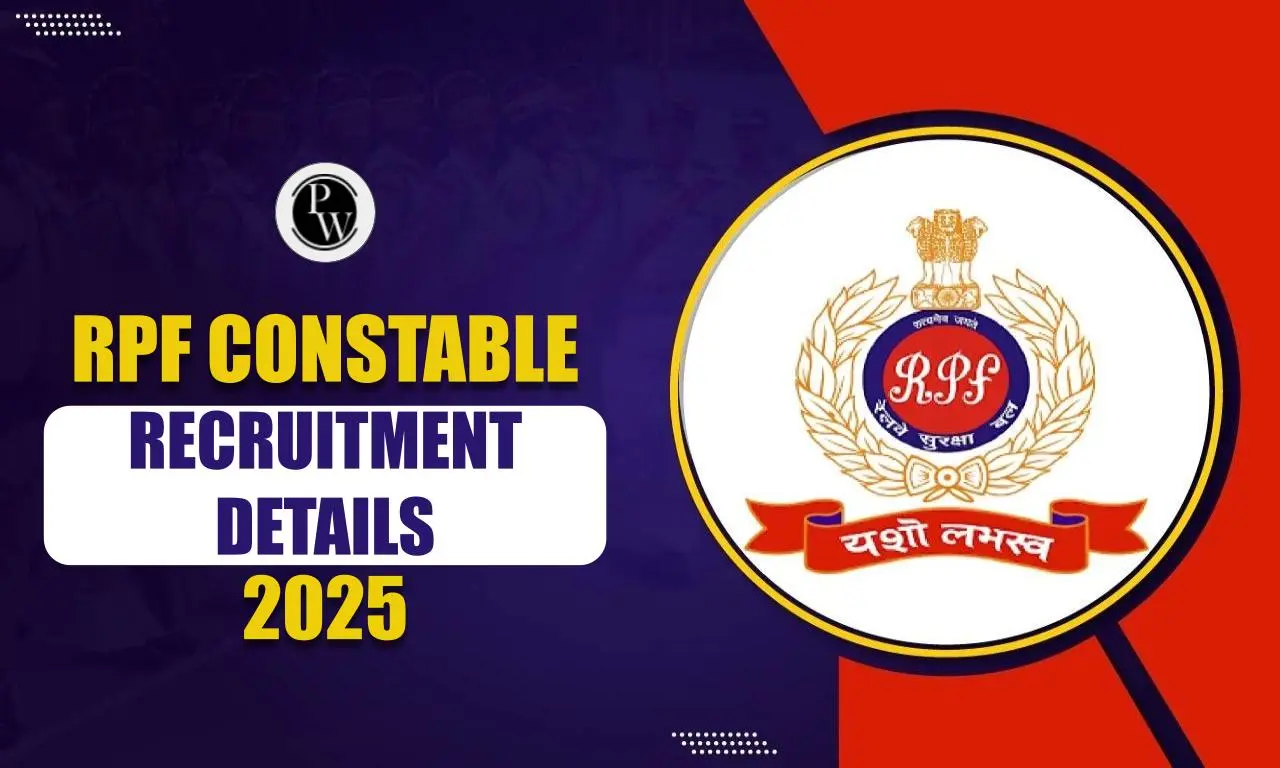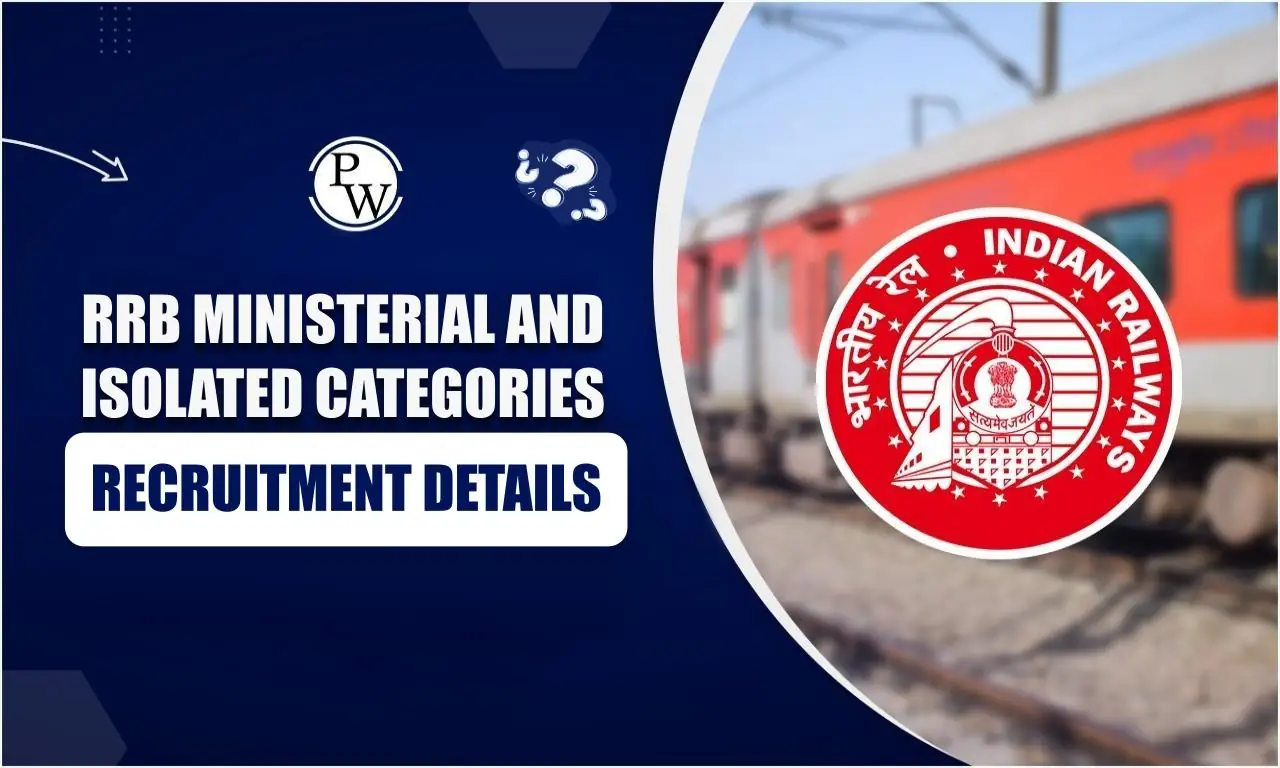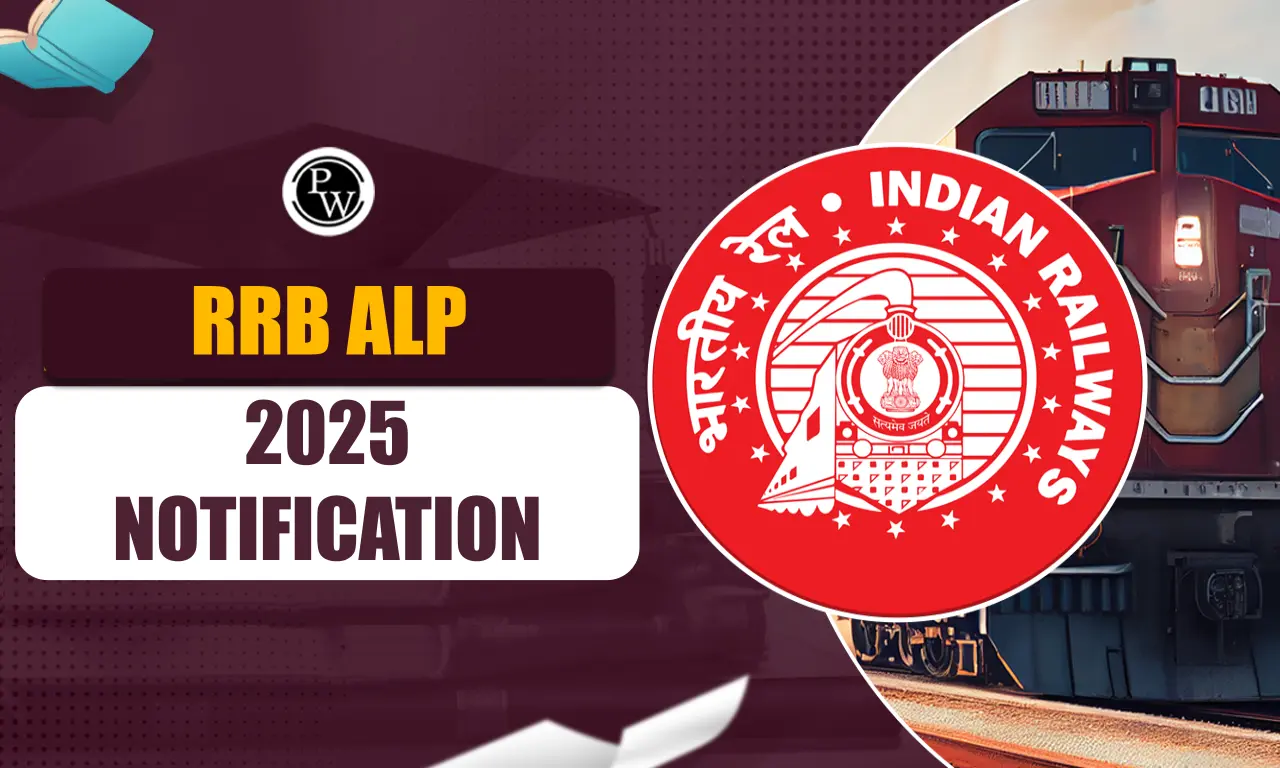
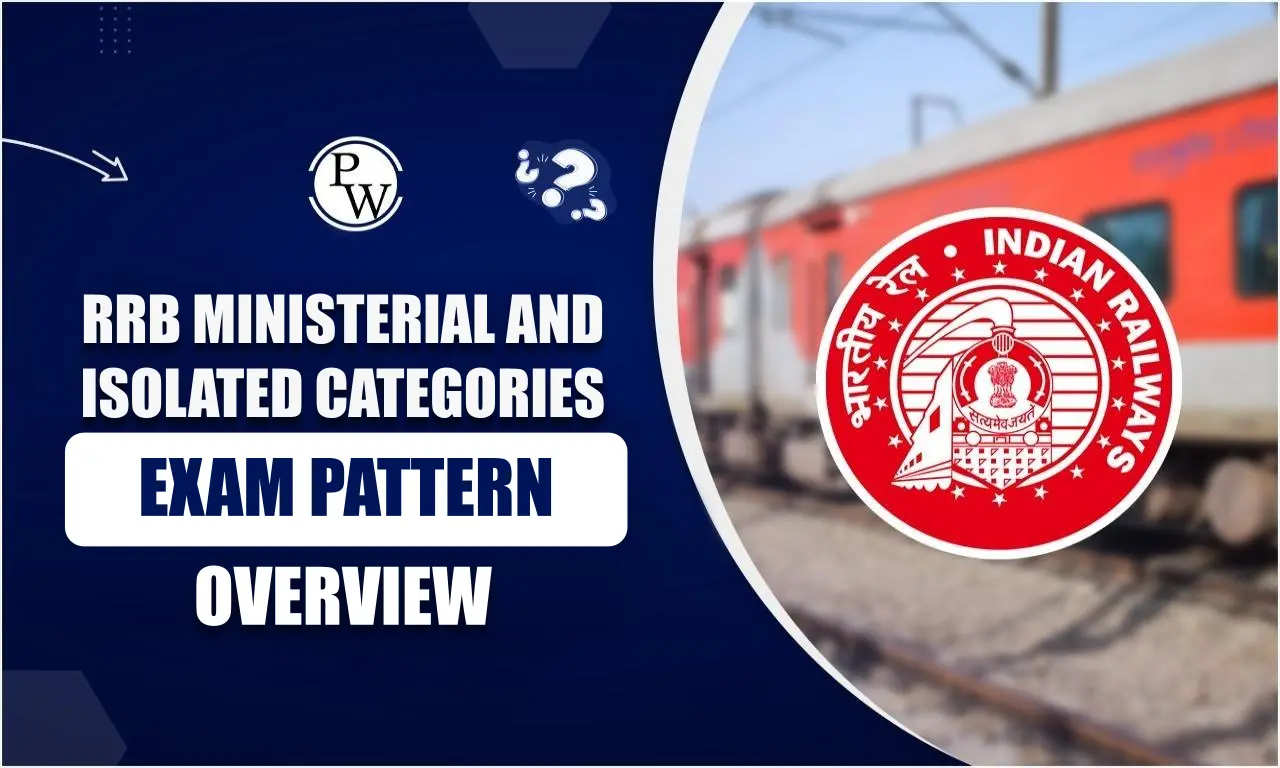
RRB Ministerial and Isolated Categories Exam Pattern 2025: The Railway Recruitment Board (RRB) conducts the RRB Ministerial and Isolated Categories Exam to recruit eligible candidates for various posts like Translator, Teacher, and more. Understanding the RRB Ministerial and Isolated Categories Exam Pattern 2025 is crucial for aspirants.
Here, we will walk you through the exam structure, marking scheme, skill tests exam pattern for various posts.
RRB Ministerial and Isolated Categories Exam
The RRB MI Categories exam is conducted for posts that do not fall under technical or NTPC roles. It includes clerical, paramedical, teaching, and legal categories in Indian Railways. The recruitment process includes Computer-Based Test (CBT), Skill Tests (post specific), and document verification.
RRB Ministerial and Isolated Categories Exam Pattern for CBT
The Computer-Based Test (CBT) is the first and most essential stage in the recruitment process for all posts under RRB Ministerial and Isolated Categories. It tests the general aptitude and professional knowledge of candidates.
This objective test is conducted online and is common for all eligible candidates. The CBT is designed to assess a candidate’s general awareness, reasoning ability, mathematics, and job-related knowledge. CBT Key Features include:
- The test is conducted in online mode.
- It consists of 100 multiple-choice questions.
- Each question carries 1 mark.
- Negative marking of 1/3 mark is applied for each incorrect response.
- The total duration of the exam is 90 minutes. For PwBD (Persons with Benchmark Disabilities) candidates, the time allotted is 120 minutes.
- The question paper will be available in multiple languages, including English, Hindi, and regional languages as per the candidate’s choice.
Below is the table that shows the subject-wise distribution of questions and marks in the CBT:
|
RRB Ministerial and Isolated Categories CBT Exam Pattern |
|||
|
Section |
No. of Questions |
Maximum Marks |
Duration |
|
Professional Ability |
50 |
50 |
90 Minutes 120 Minutes (PwBD Candidates) |
|
General Awareness |
15 |
15 |
|
|
General Intelligence and Reasoning |
15 |
15 |
|
|
Mathematics |
10 |
10 |
|
|
General Science |
10 |
10 |
|
|
Total |
100 |
100 |
|
RRB Ministerial and Isolated Categories Qualifying Marks
Candidates are required to qualify the CBT by scoring minimum qualifying marks, which differ by category. These are:
- UR/EWS: 40%
- OBC/SC: 30%
- ST: 25%
Candidates must prepare for each section based on the topics specified in the official RRB Ministerial and Isolated Categories syllabus. The CBT serves as the shortlisting round for the skill or aptitude tests, which are post-specific.
RRB Ministerial and Isolated Categories Exam Pattern for Skill Test
Skill Test helps the recruitment board judge a candidate’s practical ability, subject command, and communication skills. Marks obtained in the Performance Test may be included in the final merit depending on the post.
Translation Test
For the post of Junior Translator (Hindi), the RRB MI selection process includes a single-stage Computer-Based Test (CBT) followed by a qualifying Translation Test. The CBT is specifically designed to evaluate a candidate’s proficiency in both Hindi and English languages, with at least 50% of the questions dedicated to language knowledge—30% focusing on Hindi and 20% on English.
The remaining portion of the question paper assesses General Knowledge, General Intelligence, Simple Arithmetic, and Basic Computer Knowledge. Candidates who qualify in the CBT and rank in the top 10 times the number of vacancies (as per merit and reservation) are shortlisted for the Translation Test.
This test is qualifying in nature, and candidates must secure a minimum of 60% marks to pass. However, marks obtained in the Translation Test are not counted in the final merit list. Only those who qualify this stage will be considered, and the final selection is based solely on the CBT score.
Performance Test/Teaching Skill Test
Candidates applying for various teaching positions such as Post Graduate Teachers (PGTs), Trained Graduate Teachers (TGTs), Physical Training Instructors (PTIs), and Primary Teachers (PRTs) must undergo a two-stage selection process.
Exam Pattern for Teacher Posts (PGTs, TGTs, PTIs, PRTs)
For teaching posts such as Post Graduate Teachers (PGTs), Trained Graduate Teachers (TGTs), Physical Training Instructors (PTIs), and Primary Teachers (PRTs), the selection process comprises a Computer-Based Test (CBT) and a Teaching Skill Test. The CBT carries 85% weightage, while the Skill Test carries 15%. The CBT consists of 100 marks and evaluates academic knowledge.
Teaching Skill Test
The Teaching Skill Test assesses the candidate’s teaching ability, methodology, subject knowledge, and classroom management. It also focuses on communication, presentation, problem-solving, decision-making, and leadership skills. Candidates will be asked to teach a topic using PowerPoint or other aids, with topics assigned on the spot by a committee. The test lasts between 15 to 30 minutes and is marked out of 150. Although there is no minimum qualifying score, the test holds a 15% weightage in the final merit. This test may be video-recorded.
Exam Pattern for Music, Craft, and Drawing Teachers
For posts such as Music Teachers, TGT/Music, TGT/Craft, and TGT/Drawing, the selection process involves three components: a CBT (60% weightage), a Performance Test (25% weightage), and a Skill Test (15% weightage).
Performance Test
The Performance Test for Music Teachers includes evaluation on singing, instrument playing, rhythm, expression, and presentation skills. For Craft and Drawing Teachers, assessment is based on artistic performance, including painting, sketching, creativity, aesthetic sense, and innovation.
Topics are assigned on the spot, and candidates are given time to prepare using available aids. The test is of 100 marks, and while there’s no minimum qualifying score, it contributes 25% to the final selection. This test may also be video-recorded.
The RRB Ministerial and Isolated Categories Exam Pattern 2025 is structured to comprehensively assess the different abilities of candidates. Understanding each stage of the exam—be it the CBT, translation, or teaching demo—is key to preparing effectively.
Candidates are encouraged to go through the official notification carefully, keep practicing regularly, and stay updated with the latest syllabus and exam updates from RRB. PW provides Railway exam content, including Railway Exam Blogs, sample papers, mock tests, guidance sessions, and more. Also, enroll today on Railway Online Coaching for preparation.
RRB Ministerial And Isolated Categories Exam Pattern 2025 FAQs
What is the exam duration for RRB MI CBT 2025?
Is there negative marking in RRB MI CBT?
Is the skill test compulsory for all posts?
Is the skill test included in the final merit?

